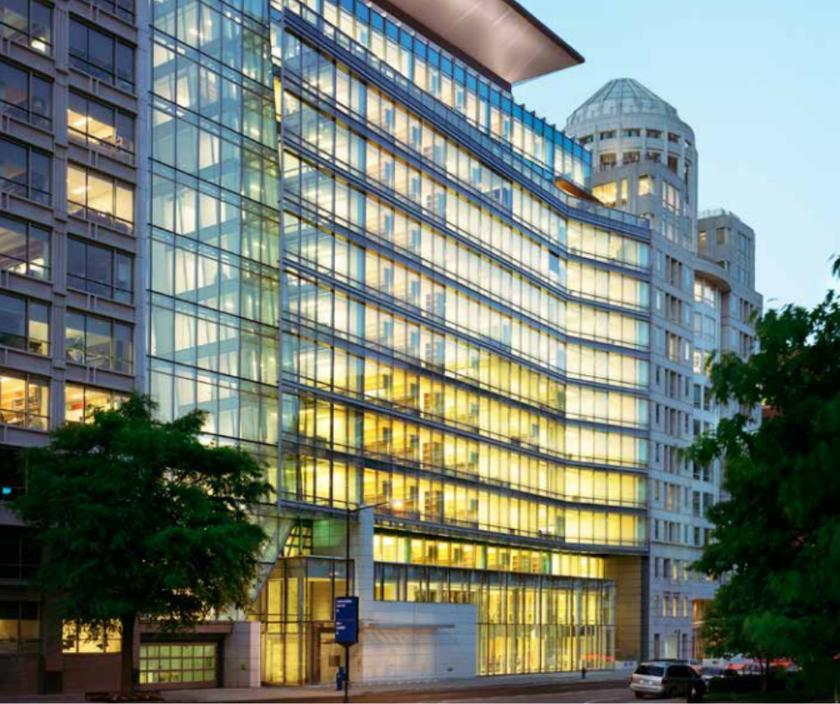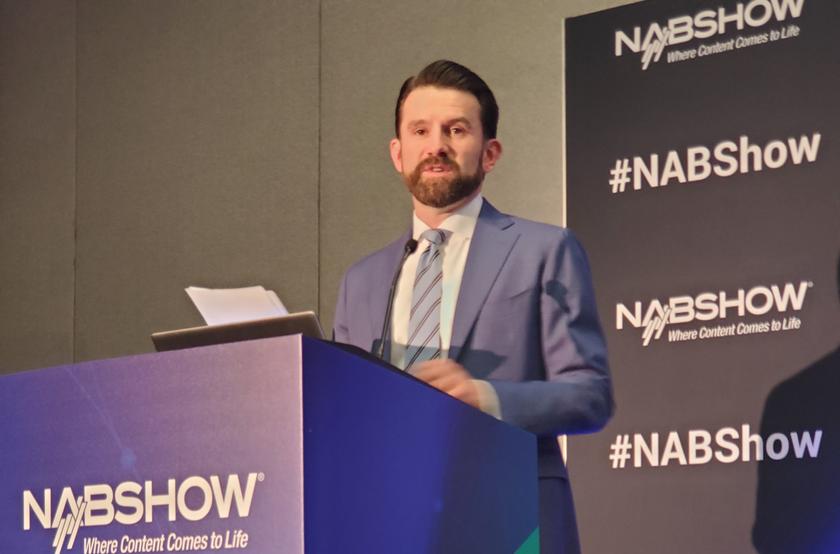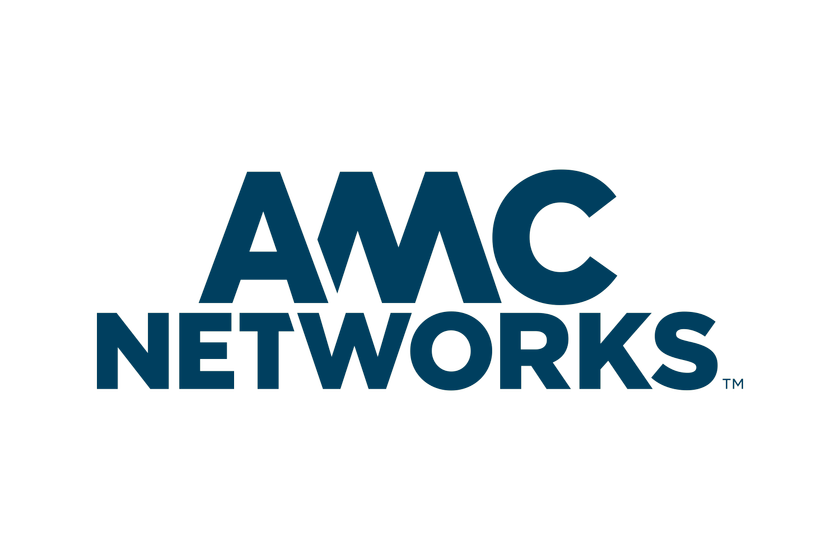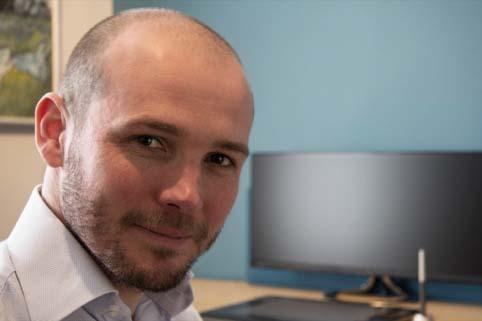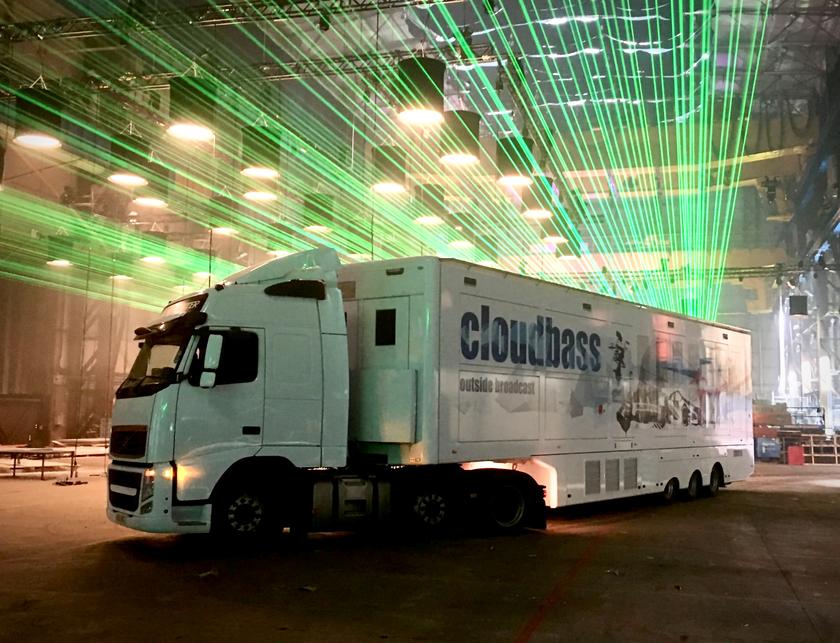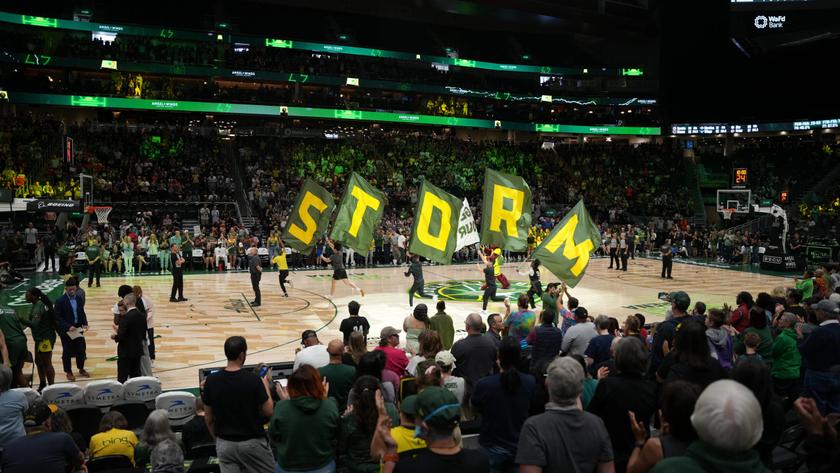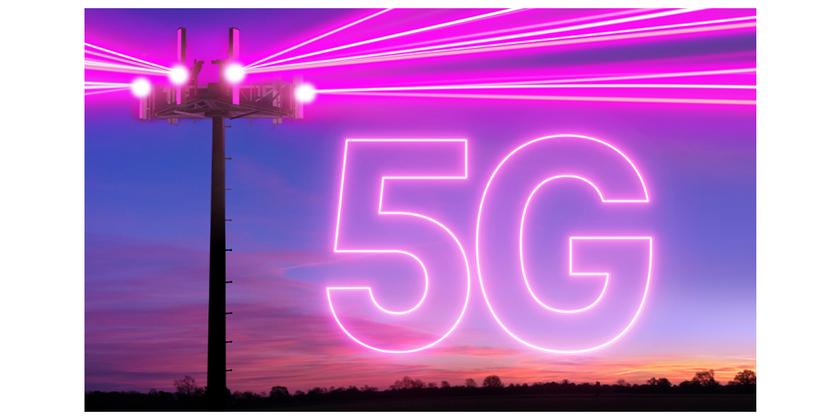Inaugurating HD
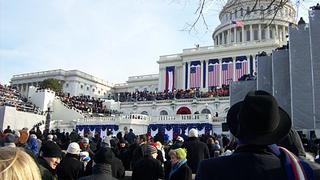
Photo: Paul McLaneWASHINGTON
Much like the presidential campaign and subsequent election coverage of Barack Obama, the inaugural ceremony of the nation's 44th president on Jan. 20 had an energy level and media interest like none before. News outlets from every corner of the globe, including network, cable news, Web portals, and entertainment giants all clamored for a piece of the action. From coverage of the inaugural week's free music festival at the Lincoln Memorial, to the swearing-in at the Capitol, to the parade that led the Obamas to the White House, there was a tremendous need for resources from every media entity, big and small. The only solution to covering every moment successfully was to put in place a coordinated pool effort.
Even with the vast resources of network and cable news organizations, projects this large often require the equipment and staff of outside video production companies in order to ensure smooth and effective execution. Such was the case when broadcasters pooled resources and expertise during funeral services for the late President Gerald Ford in 2006.
To add to the challenge of covering Obama's inaugural festivities—clearly one of the largest media events in the history of the nation—was the fact that it was all to be done in high definition. This required that every aspect of acquisition, production, and distribution be capable of handling HD video.
Previous large-scale events in this city, such as the Ford funeral and the second inauguration of George W. Bush were covered using HD production trucks, but other than Mark Cuban's HDNET, no one has ever rebroadcast such an event in HD to the home viewer. This year, however, was different. With home viewers ready for the new technology and broadcasters having recently completed the necessary infrastructure upgrades for high-definition retransmission, the American public was prepared to view its first presidential inaugural ceremony in high definition.
NEWS OUTLETS SAY 'YES WE CAN'
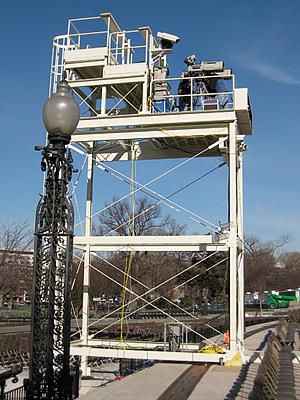
An HD camera posted at the base of the Capitol awaits its operator just prior to the Inauguration. The originator of the phrase "herding cats" probably never envisioned such an arduous task as trying to coordinate multiple local, national, and international news agencies all wanting to capture the essence of such an important moment in history. To tackle the shared usage of so many disparate broadcast production elements, project responsibilities were divided into two units. The video and audio production for the event was a pooled effort, managed by CNN. Each of the traditional broadcast networks oversaw coverage of a specific location. NBC took charge of the ceremonies on the grounds of the U.S. Capitol, CBS covered the parade route along Pennsylvania Avenue, and ABC managed coverage at the White House.
The second unit consisted of frequency coordination of all wireless audio, video, and communications equipment transported into town. The challenge of overseeing this important and critical task was shared by the regional frequency coordinator and an experienced local contractor, who both worked around the clock, ensuring that broadcasters and government agencies were able to squeeze their signals into every free notch available in the radio spectrum. The goal was to minimize adjacent channel interference from so many tightly spaced signals.
THE UNSUNG HEROES
Frequency coordinators can be found in every major city and are usually tasked with making sure local TV and radio stations can use wireless equipment without stepping on one another's frequencies. Occasionally they are called upon to coordinate out-of-town media for a big news or sporting event. The sheer number of requests for the inauguration was unprecedented, making the need for a coordinated effort an absolute must.
James Snyder, frequency coordinator for the Washington, D.C. region said he simply didn't know what to expect.
"Even before the event we had 150 percent more requests for channels than were available," explained Snyder in the weeks leading up to the big day. Available frequency space in the D.C. area is very limited due to new DTV channel placements, local police, and of course, the presence of the federal government. Even more than interference from new consumer wireless devices, Snyder was concerned because this would be the first inaugural after the 2 GHz BAS relocation, (the Washington metro area made the switch in 2008).
"To solve potential problems ahead of time, all broadcasters are required to request any frequencies their equipment might operate on," Snyder said. The week before the event broadcasters staged "RF war games" during which all participants simultaneously tested their allocated channels for possible interference.
Even with all the planning and testing conducted by the Inauguration RF Committee, shortly after noon on Inauguration Day, just as the ceremony was in high gear, an unauthorized user caused interference on an allocated microwave channel. Fortunately, the incident didn't have a major impact, and overall Snyder described the day as "an almost flawless Presidential inauguration."
SWIMMING TOGETHER
Ronald Reagan broke with a century of tradition in 1981 when he moved the swearing-in ceremony from the east front of the Capitol to the west side, thus allowing for expansive views of the National Mall. The relocation not only provided much needed space for those invited to watch the ceremony, but it also made viewing room for hundreds of thousands of spectators.
The Capitol, the White House, and the parade route all presented a unique set of challenges for crews covering the event. To create a distinct look at each venue, each news organization used dedicated cameras for their own talent, but the pool effort provided them with more than 20 cameras for each venue. Huge production trucks were staged in strategic locations in the city to help with the enormous task at hand. Even with the huge complement of equipment that they normally carry, this year's inaugural coverage called for even more.
Game Creek Video, the Hudson, N.H.-based mobile production company often chosen for many major Washington events, provided two of its largest HD production trucks: Their Northstar unit was placed at the White House and the Yankee Clipper was stationed at the Capitol.
"Normally Yank Clipper has 12 cameras, but we almost doubled that by adding 10 more for the event," said Jason Taubman, vice president for design and new technology. "This gave us 13 hard cameras and 9 hand held." The Clipper comprises two 53-foot semi-trailers and is equipped exclusively with Sony HD 1500 cameras mounted with Canon HD lenses. The signals are run through a PESA 128x128 HD-SDI router and the output is switched through a Thomson Grass Valley Kalypso production switcher.
Larry Gaetano, director of engineering and operations for NBC in Washington and an experienced pool coordinator on Capitol Hill, said that while the network used the same trucks at the Capitol that were used for the second Bush inaugural in 2005, this time they provided both a 1080i output and an SD-SDI duplicate feed for those not taking HD. In 2005, the pool did provide a 720p HD output, which was typical for an HD sports truck, but there were no takers.
When asked about the single format choice, Game Creek's Taubman explained "because we have so many ISOs [isolated source cameras], it would be problematic to provide them all in every possible format." In addition, the majority of U.S. broadcasters have settled on 1080i as their plant format.
Getting the camera signals back to the trucks during the continuous coverage was not a simple task. The White House, which involved a fairly small event site, had the easiest setup and was wired entirely with Triax camera cable. Capitol Hill, due to its huge footprint, used a mix of Triax, SMPTE fiber, and Single Mode fiber connections.
"We used over 30,000 feet of cable on Capitol Hill between Triax and SMPTE fiber alone," Taubman said. The most challenging area to receive an HD signal involved a set near the Russell Senate Office Building. It used a combination of SM and SMPTE fiber run through a media patch panel system that connected the building with a central hub room in the basement of the Capitol. It then ran back out to a panel on the front steps of the Capitol where the trucks were parked.
THROUGH THE HD LENS
From a production standpoint, the daylong coverage went off without a hitch. The sea of humanity that symbolized the importance of the event was for the first time viewed in HD by millions of households, painting a crisp portrait of the emotions and diversity of the crowd attending the event.
However, the challenges of producing such a large-scale event in HD and successfully delivering it to the home audience were at times visible throughout the long day. In the days of analog, the only signal interruption that might occur would be a little "analog snow" or occasional multi-pass interference from another microwave remote camera. Everyone has probably seen aerial images from the Goodyear blimp fade in and out as it circled a stadium.
With digital acquisition, however, the loss of a signal is much more pronounced. Due to the "digital cliff" factor, when a digitized signal breaks up and drops off, the outcome is much more obvious. Those who were switching between the wireless cameras on the parade route had a difficult time anticipating and staying ahead of the blocking and freeze frames that came from the wireless units covering the route.
Lip sync was also an issue at times. During the swearing-in ceremony, as crews switched the video from beauty shots of the crowd to a speaker at the podium, the audio would occasionally be out of sync, and moments later it would pop back in. These issues arose in the production trucks, and were just the first place where the digital signal could falter before reaching the home viewer. From there, the HD signals then had to go through satellite and fiber paths to local network affiliates and cable headends around the country, which would then reprocess the signals before passing them on to the consumer.
As a result, the HD experience probably varied greatly across the country. Nonetheless, the fact remains that the event's coverage was a major success for broadcasters near and far. It provided home viewers a glimpse into how HD technology can be used successfully during a news or entertainment production, hopefully increasing interest and prompting more HD news coverage in the future.
Get the TV Tech Newsletter
The professional video industry's #1 source for news, trends and product and tech information. Sign up below.
